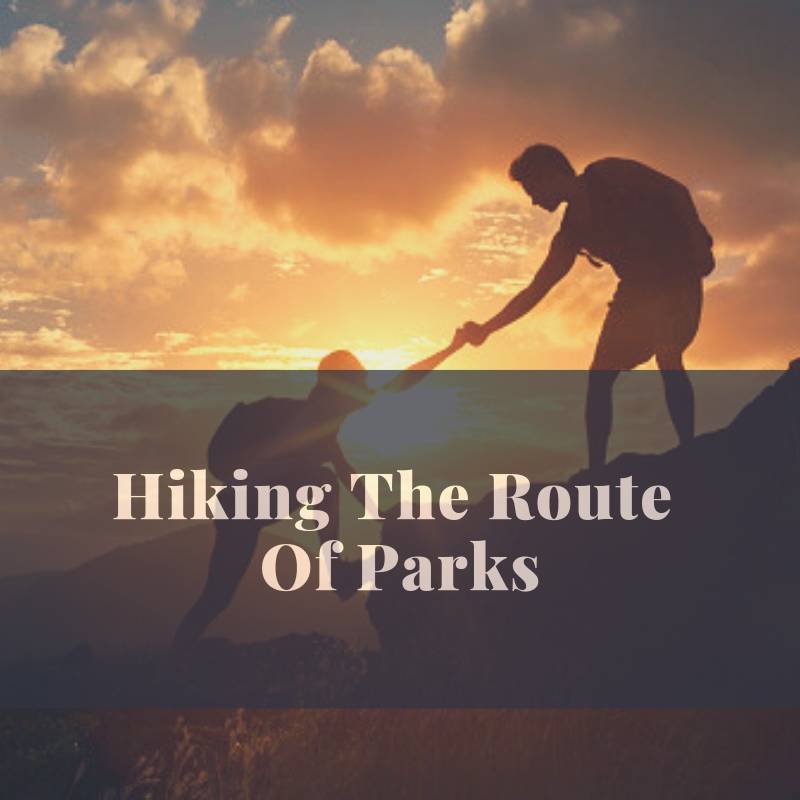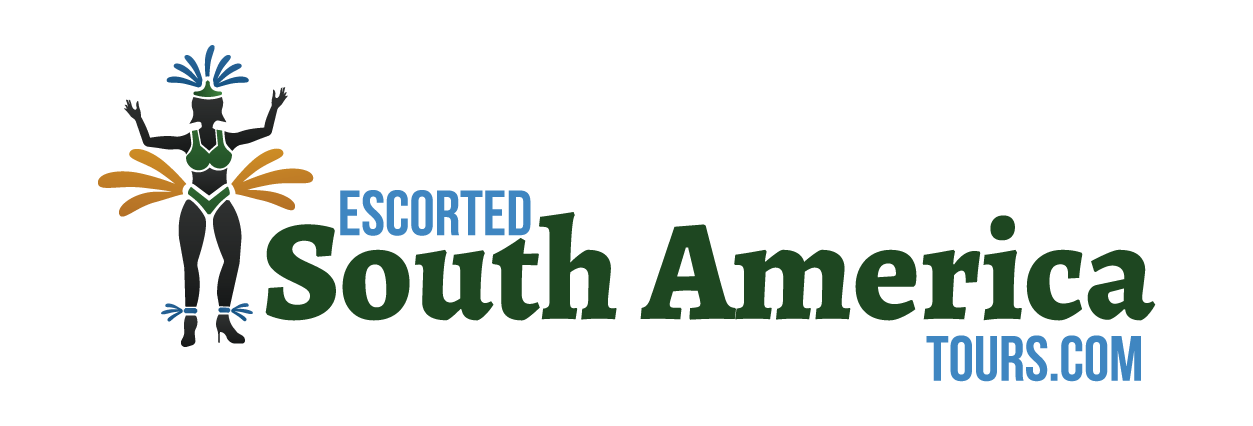
Hiking The Route Of Parks
Hikers now have a new trail to explore. Located in Chili, the Route of Parks is one of the longest hiking trails in the world. It is over 1,700 miles long and its name is very meaningful. Hereâ??s a little bit more information about this massive hiking trail.
Many Different Parks
The Route of Parks spans from Puerto Montt to Cape Horn. One the best things about this park is that it connects 17 different national parks to one another. This allows visitors to see everything from rain forests and lakes to volcanoes and mountains. Because of the sheer length of this hiking trail, hikers will experience drastic scenery and climate changes along the way. Thereâ??s also a lot of different wildlife to see along the way. This is a great place for birdwatchers to explore and there are around 140 different species of birds that can be seen along the hike.
Conservation Efforts Made It All Possible
This trail is possible thanks in part to conservation efforts by Douglas Tompkins and his wife Kristine. Douglas is the late founder of The North Face. Before Douglasâ?? death, the couple bought millions of acres of land in both Argentina and Chili to keep it from being developed. After Douglas died in 2015 from a kayaking accident, his wife wanted to continue the work that they had done in conversation. In March of 2017, she signed over a good portion of the land to the government of Chili so that it could be used to create the Route of Parks.
New Parks And Expansions Of Old Ones
In addition to the hiking trail, five additional parks have been created by this land donation. They include Cerro Castillo National Park, Kawesqar National Park, Melimoyu National Park, Patagonia National Park and Pumalin Douglas Tompkins National Park. Three current parks, Corcovado National Park, Isla Magdalena National Park and Hornopiren National Park, have also been expanded.
Visitors can easily plan a trip to the Route of Parks by visiting www.rutadelosparques.org. On this website they will find things like suggested itineraries and information about hiking trails in each of the parks. There is also general information about local communities as well. Currently, the website is only in Spanish, but they do plan on creating an English version sometime in the very near future.
